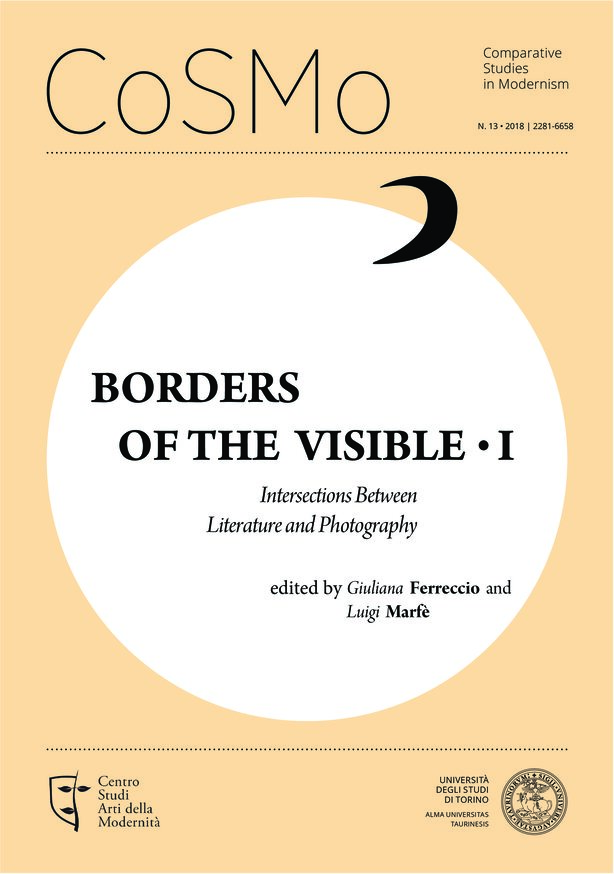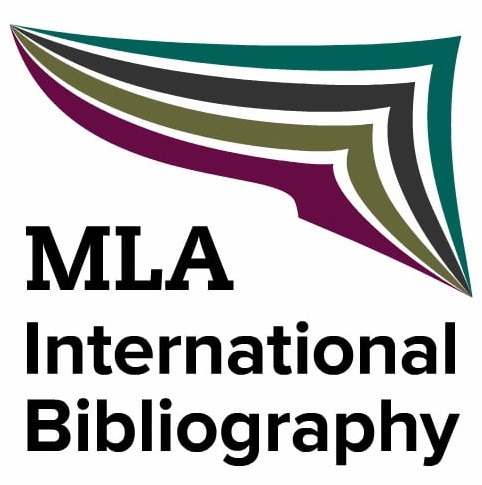“Camera Lucida”’s Iconography, or Roland Barthes’ Visual Manifesto for Minorities
DOI:
https://doi.org/10.13135/2281-6658/3109Keywords:
Roland Barthes, Photography, Camera Lucida, Visibility, MinoritiesAbstract
Camera Lucida has gained a lot of popularity both as an autobiographical and theoretical text, addressing issues of mourning, absence and indexicality of the photographic medium. This common reading unfortunately pays little attention to the global and pictorial economy at large in the book. Indeed, Barthes has very carefully chosen the pictures, as its manuscripts and editing notes prove. The final selection, understood as part of a more general politics of images in Barthes’s writings—and we can go as far as Mythologies—shows a constant and acute awareness of the power and ideology of photographic representation. This is certainly why, if we take a closer look at the illustrations of Camera Lucida as a whole, we discover a photographic album bringing up the faces of minorities or marginalised people into light. The album then appears as a meaningful system in the book but also in the history of images in Roland Barthes’s works, resulting in a visual and committed manifesto for minorities and displacing our point of view on Barthes’s political and social positions. In the light of Barthes’s personal history with images, we will analyse how he developed a parallel discourse to the text with photographs that sheds a renewed light on its writings.Downloads
Downloads
Published
Issue
Section
License
Authors keep the copyrights for their work and give the journal the work’s first publication copyright, which is at the same time licensed under a Creative Commons License – Attribution, which in turn allows other parties to share the work with an acknowledgement of the work's authorship and initial publication in this journal.
Content Licence

You are free to copy, distribute and transmit the work, and to adapt the work. You must attribute the work in the manner specified by the author or licensor (but not in any way that suggests that they endorse you or your use of the work).
Metadata licence

CoSMo published articles metadata are dedicated to the public domain by waiving all publisher's rights to the work worldwide under copyright law, including all related and neighboring rights, to the extent allowed by law.
You can copy, modify, distribute and perform the work, even for commercial purposes, all without asking permission.





